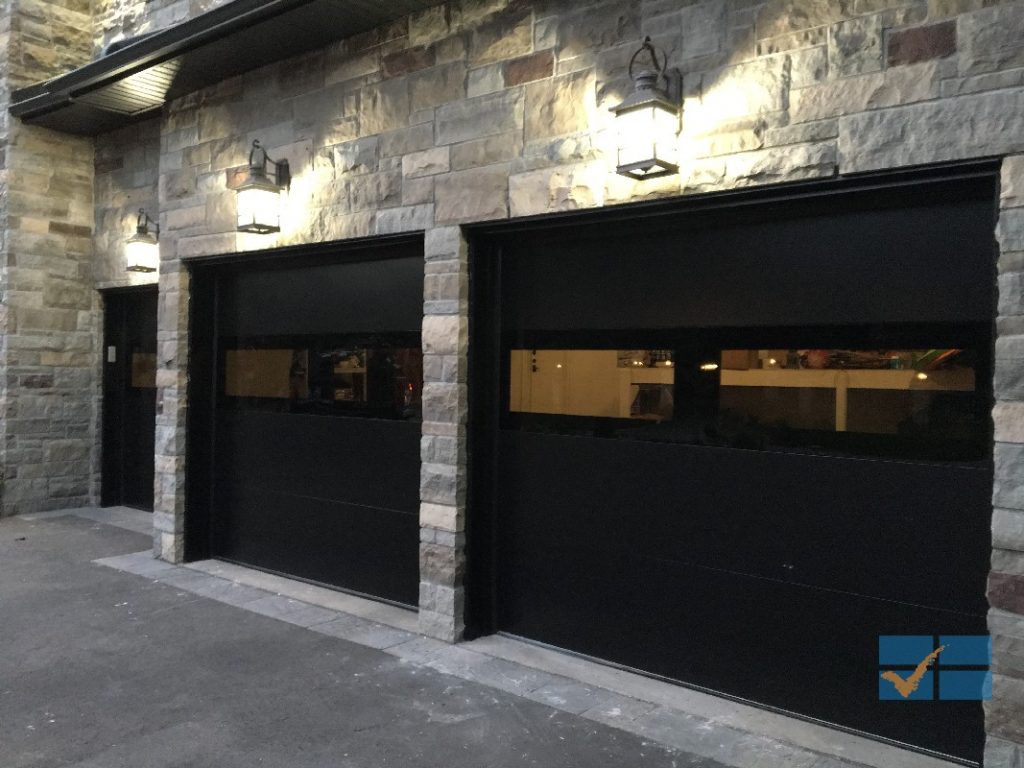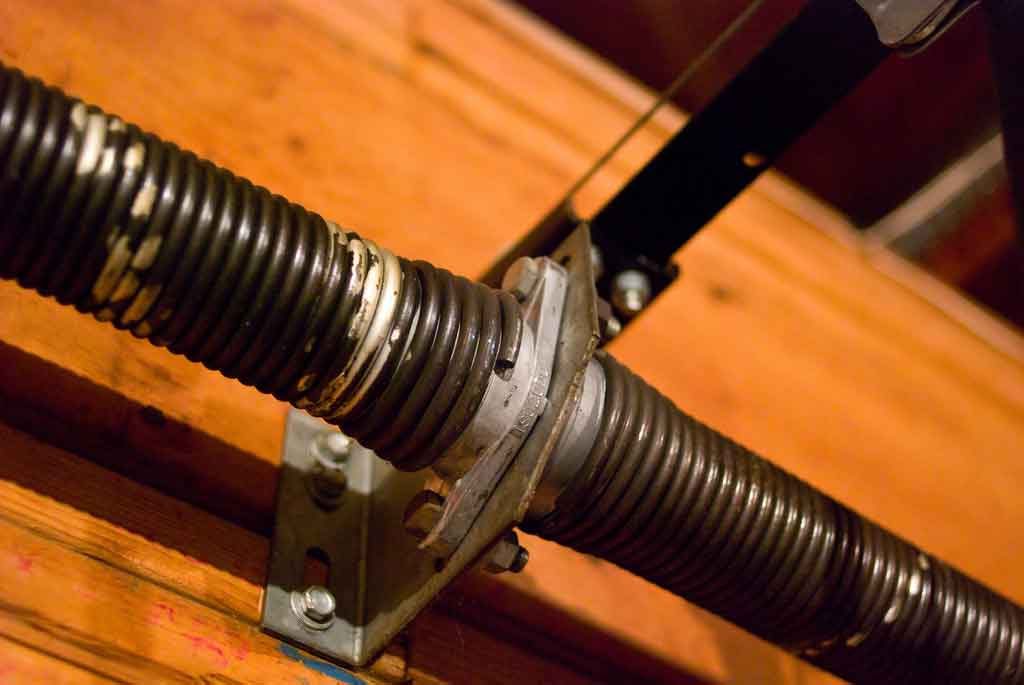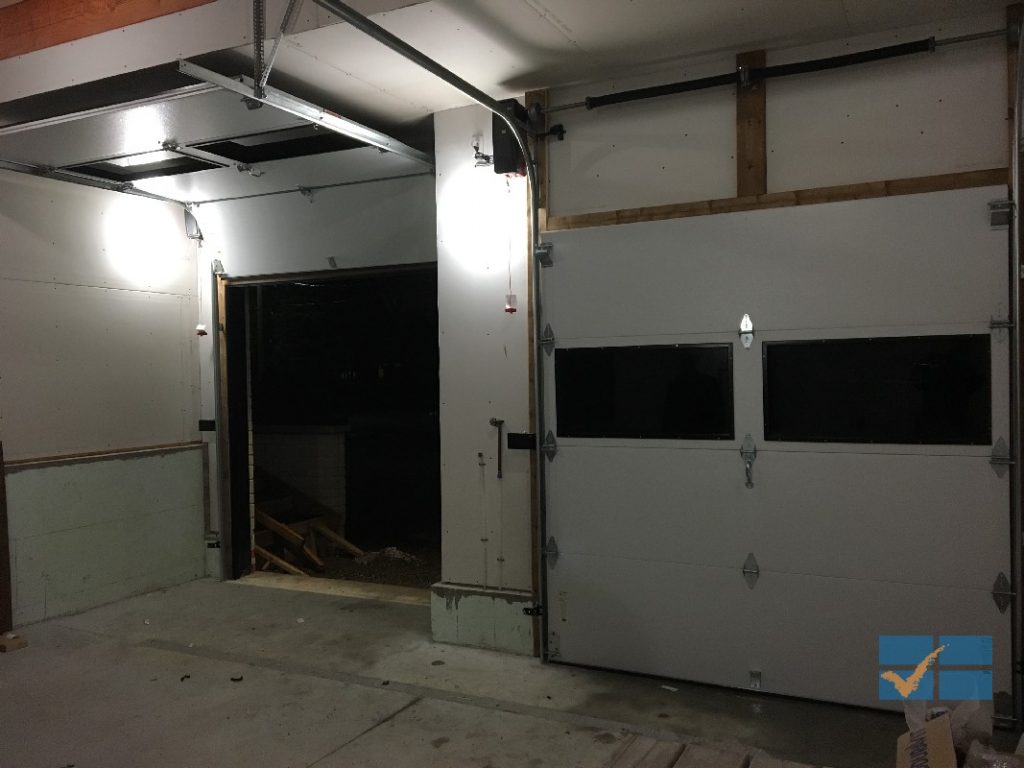Guide for Buying New Garage Door in Toronto GTA
Guide to Buying a New Garage Door in Toronto GTA
The garage door is a modern convenience most people take for granted. Rain or shine, snow, sleet, or hail when we prompt it to open it opens, and when we command it to close it closes. Most modern garage doors should last 20 or more years. Considering that the average homeowner these days owns their home less than 10 years before moving on that means that, at most, they will replace their garage door once during the time they own a particular house. For some, it might mean they only buy 1 garage door during their entire life. Unless, of course, they make a bad choice. Because, just like every other product on the market, there are great garage doors, good garage doors, and garage doors that aren’t worth the materials they’re made of, So making sure you choose your garage door wisely is important.
Table of Contents
Today’s residential garage doors and commercial garage doors are more than doors, these are high-tech appliances that utilize state-of-the-art technology to make our lives safer and more convenient than ever. The garage door is as dependable as the refrigerator and, in many ways, just as important to the quality of our lives. Without it, our relationship with our house, our car, the weather, and more would be set back to the world of 1960. So picking the right door is essential if you’re to enjoy all the benefits they have to offer. Here are the things you need to consider when choosing a new garage door.
Garage Door Size
Before you can consider purchasing a new garage door you’ll need to determine the size that the door should be. There’s no such thing as “close enough” with a garage door. Either it’s the right size or it isn’t. And if it isn’t it won’t work at your house. If you had nothing to do with the installation of your current garage door chances are you don’t know exactly what size it is, which means you’ll need to get out there and measure. Here’s how you do that:
-First, you’ll want to measure the width of the garage opening, not the door itself. Measure from side to side at the widest point of the opening and record the measurements in feet and inches, since that’s how most garage doors are measured.
-Next, you’ll need to measure the height of the garage door opening. Once again, you want to measure the opening at its widest (or in this case, tallest) point. If you need to use a ladder to get this measurement make sure you enlist someone to hold the ladder for you while you measure.
-While you’re on the ladder measure how much vertical space you have above the door. This headroom is important because the door has to slide up into the area above the door opening.
-Next, you need to measure how much room you have between the end of the opening and the end of the wall. So measure from the point where the opening begins along the wall on each side of the door until you either hit another wall or a door or some other obstruction.
-Finally, you’ll need to find out how much space there is from the door opening to the back of the garage. You’re going to need plenty of space to accommodate the door when it retreats to its hiding place above the car.
Armed with these measurements you’re now ready to start thinking realistically about which door you want.
Garage Door Cost
The cost of the door will be dependent on several factors but for the most part, a garage door is not going to break the bank. A decent garage door for a small opening may be less than $500, while a larger, insulated door with an automatic opener and web integration may cost you as much as $2,000. Some are more than that, especially if you choose a material like glass or wood. Even $2,000 though, when extrapolated over the expected life of the door works out to $100 a year; maybe less. Not much when you consider the level of convenience the door provides you and your loved ones.
Garage Door Materials

One of the factors weighing on the price of your door will certainly be the material it’s made from. You have several choices when it comes to materials for garage doors. The most popular materials are:
Wood –
Wood is the traditional garage door material and one that provides plenty of curb appeal. It’s also easy to paint and makes for decent insulation. Here’s the thing about wood though; many of today’s other materials can be made to look exactly like wood, often for less money. Wood also rots and cracks and can become infested with termites. So you’ll need to weigh all of that before choosing wood.
Steel –
Steel may seem to some like an unlikely material to make a garage door out of but just the opposite is true. An insulated steel garage door will keep your garage as much as 10 degrees warmer in the winter. Steel also doesn’t crack when it gets dry nor does it warp. What it does do is dent if you hit it with a hard object. And that can put a dent in the curb appeal of your door.
Aluminum –
Aluminum can take on different looks and pull them off brilliantly. Also, an insulated aluminum garage door is nearly as good at keeping out the cold as its steel counterpart. It won’t rust like steel or rot like wood but it will be even more susceptible to dents than steel.
Fiberglass –
Fiberglass garage doors are typically lighter than other choices which means less strain on the opener. They also won’t warp crack or corrode or rot. And they won’t dent. So why doesn’t everyone have a fiberglass door? Because they’re not so great at insulating, they can yellow with age and they’re not easy to paint.
Garage Door Style
The next thing you’ll want to consider is the style of the door itself. 30 years ago you had one style to choose from and you could get that with or without windows. Today, the only limit style-wise is your imagination. Everything from the classic solid wood panel door of old to solid glass garage doors with tinted panels to custom garage doors designed to blend in seamlessly with the exterior of your home and which are invisible from the street. You can trip out your door with every imaginable type of hardware today as well. Even the pre-made doors that are still the most popular type come in dozens of styles, materials, textures, and colors, with and without glass panels and with your choice of hardware touches.
Garage Door Openers

Once you’ve decided on the size, material, and style of your new garage door you’ll need to select an opener. Openers today typically give you a choice of 3 different drive mechanisms: belt, chain, or screw.
Belt drives-
Belt drives are by far the most popular. Mainly because they’re relatively affordable and they’re easy and cheap to repair should something go wrong. They’re also quieter than a chain drive and don’t need to be lubricated as chains and screws do.
Chain drives-
Chain drives are the next most popular option. Although they can be fairly noisy (especially when the chain needs to be lubed) they remain popular because they’re the most affordable option. Again though, you’ll need to keep the chain properly lubed.
Screw drives
Screw drives are the most expensive option but they’re also the most dependable over the long haul and, as long as they’re properly lubricated, they’re also the quietest type of garage door opener.
The horsepower of the motor is another thing that is important to get right. If you burden a weak motor with glass garage doors it’s going to burn out quickly and need to be replaced. If you buy an opener that’s considerably more powerful than it has to be it won’t burn out quickly but it will waste electricity. Essentially you want something that will lift the door without much effort. Nothing more, nothing less.
Additional Garage Door Opener Features to Consider
1) Every garage door should have a manual release lever in case the motor fails. This allows you to open the door by hand if you need to. Ask your garage door installer about measures to ensure no one can trip the manual release and gain entry to your garage.
2) The auto-reverse mechanism is another feature every door must have. This prevents the door from continuing to close if it detects someone or something in the way. They are mandatory on all new doors so if the door you’re considering doesn’t have one don’t even think about buying it.
3) In addition, the garage door can now be hooked up to the Internet of Things. This will allow you to control door operations from anywhere on Earth as long as you have your smartphone and an Internet connection. Ask the garage doors pros at Smart Doors about this exciting feature.
4) Now that you know what to look for you’re ready to go in search of your new garage door. Before you start trying on doors for size and talking to salesmen and women though, there are a few things you’ll want to remember. And we’ll deal with those now.
Things to Be Mindful of When Buying a Garage Door
Buy your door in person –
While there may be things you’ll want to buy via the Internet there are other things you should always buy in person. The garage door is one of those things. It is possible these days to order a garage door online but it’s not something you should do. Why? Because if you order the wrong door it could be a pain to send it back. If the door arrives damaged you’ll have a hard time proving you didn’t cause the damage. If the door is missing parts good luck getting the online reseller to provide them. And even though you bought your door online you’re still going to need qualified humans to assemble and install it for you. If you do the work yourself you will, in all likelihood, void any warranty. Always buy a door in person.
Don’t forget the insulation –
No one in 2018 should be installing an uninsulated door in their garage. An insulated garage door will keep the garage considerably warmer during the winter and this will have an array of positive effects. Your tires will last longer, the car will start more dependably even on the coldest days and you’ll be able to store more things in the garage. In addition, an uninsulated garage acts as a heat vacuum, sucking heated air out of the rooms that adjoin the garage. Modern garage doors with proper insulation will keep your whole house warmer and you’ll save on your energy bills.
The springs are the things –
The garage door opener is the garage door starter. That’s because once the opener gets the door moving it’s the springs that do most of the heavy lifting. Without the extension or torsion springs the modern garage door would not be possible. Or the motor needed to lift the door would have to be enormous. It’s sometimes in your interest to pay a bit more and ask the garage door installation company to install slightly bigger springs. This will relieve pressure on the opener and ensure the springs last a bit longer than the standard 10,000 cycles.
Make sure you buy a door and an opener at the same time –
Even if you just want to replace a door that has been damaged you should always replace both the door and the opener at the same time. Chances are the opener has seen better days like the door so as long as you have the garage door technician at the house to install the door have them install a new opener too. You’ll save a bit on labor as opposed to installing the two separately and you can be confident that the door and opener will age together, instead of one being old and one being new.
Why You Should Leave Garage Door Installation to the Pros
Now that you’ve made your garage door selection you have one more decision to make: who will install it for you? Those with whom the DIY force is a strong tendency to want to do everything themselves. If you are one of these folks all we can say is this: don’t even think about it. Here are several reasons why you should always leave garage door installation in Toronto to the pros.
Installing a garage door is dangerous –
Most folks think the garage door is a pretty benign thing. It’s not. It’s hundreds of pounds of wood, steel, glass, and who knows what else is being moved from a vertical position into a horizontal position directly over your head. It gets there by way of torsion or extension springs that store enormous amounts of energy and have a nasty habit of producing life-threatening injuries in anyone unfortunate enough to be near them when they slip or snap. Several people every year die in Canada from working on or around garage door springs. The only people who should come near them are those who have been properly trained. No buts.
They’ll save your warranty –
Most garage door components come with a nifty little qualifier in their fine print. In a nutshell, it states that if the door/opener/springs/whatever are not installed by a qualified, licensed professional any warranty is void. So if you install the opener yourself and then find out later it’s defective you’re stuck taking the loss and you’ll have to pony up for another one. That goes for all the other components of the door as well. It’s not worth it. Have the Garage doors pros at Smart Doors install and repair the garage door for you. Their work will be fully guaranteed and your warranties will be fully enforceable.
They’re properly insured –
If you have the local handyman install your door for you you’ll not only void the warranty, but you’ll also be responsible if anything happens to them while they’re on your property. So if the torsion spring snaps while they’re installing it and it causes them grave bodily harm you’ll be left paying their medical bills. If they are unable to work after the accident you could be on the hook to support them. You may also be sued for punitive damages that could essentially undermine your entire way of life. Again, it’s not worth it. Hire the pros. They’re fully insured against injury and the company has plenty of liability insurance in the unlikely case something happens.
Conclusion
There’s a lot for homeowners to consider when it comes to buying and installing garage doors. Keep the above facts and tips in mind to ensure you wind up with the door you want that’s professionally installed. You’ll sleep better at night.

